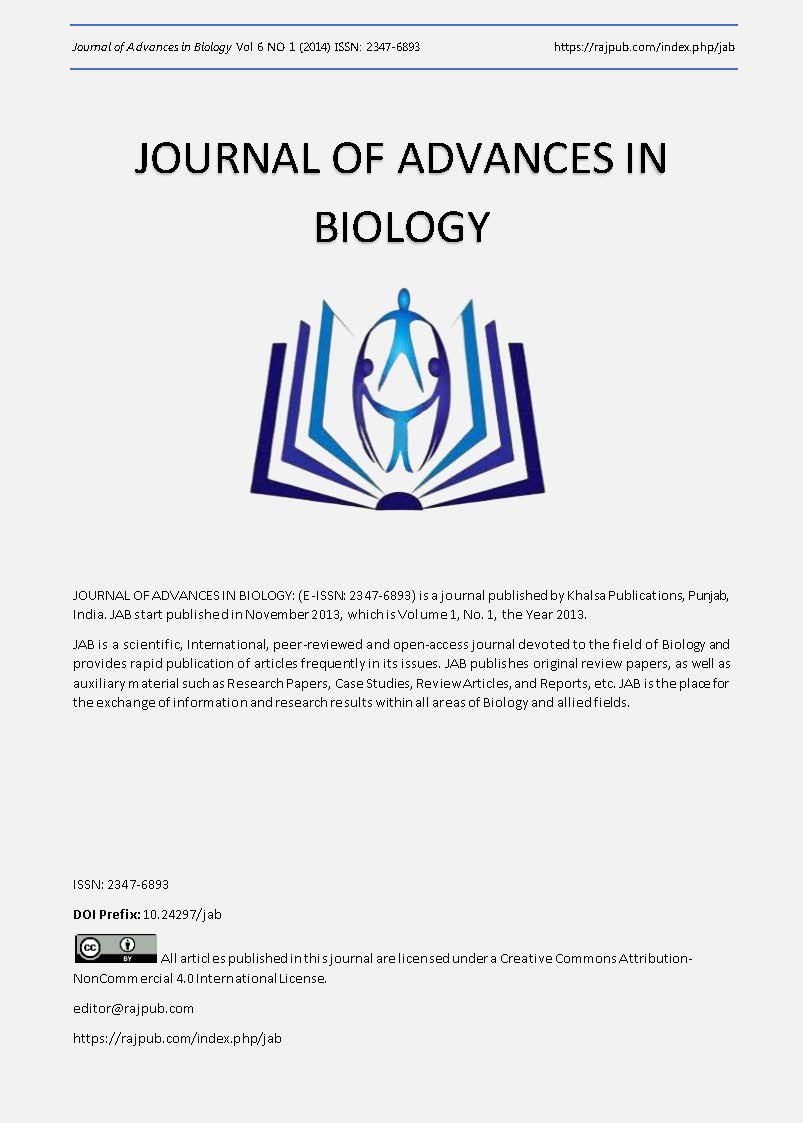The productivity of wheat cultivars under salt stress not always linked with their nitrate reductase activity in leaves
DOI:
https://doi.org/10.24297/jab.v6i1.5460Keywords:
Dry weight, Fresh weight, Harvest index, Nitrate reductase, pigments, Wheat.Abstract
To evaluate the effect of salt stress on four wheat cultivars (Bani suief 1, Bani suief 3, Seds 1 and Seds 6), seeds were cultivated in sand clay soil under normal field conditions. The plants left to grow for 21-days, then treated with different concentrations of NaCl (0.0, 50, 100,150 and 200 mM NaCl) by top irrigation. The plants left till harvest around (100-days from sowing). Fresh and dry matter, spikes weight were also determined. Photosynthetic pigments (chlorophyll a, b) and carotenoides as well as total pigments were measured. The fresh weight of four wheat cultivars ran in order (Bani suief 1> Bani suief 3> Seds 1> Seds 6) and this almost true for dry weight production. The productivity of four wheat cultivars at 200 mM NaCl referred as (spike weight) at harvest time ran in order [Bani suief 1> Seds 6> Seds1> Bani suief 3]. Both chl. a and chl. b were showed slight reduction in most cultivars with increasing salinity. The total pigments showed various responses with different treatments. The activity of NR was increased in both cultivars (Bani suief 3 and seds 1) however, in other two cultivars (Bani suief 1 and seds 6) the activity was decreased with increasing salinity in the soil. The activity of the enzyme at higher salinity levels used ran in order (Seds1> Bani sueif 3> Bani suief 1> Seds6).
Downloads
Downloads
Published
How to Cite
Issue
Section
License
 All articles published in Journal of Advances in Linguistics are licensed under a Creative Commons Attribution 4.0 International License.
All articles published in Journal of Advances in Linguistics are licensed under a Creative Commons Attribution 4.0 International License.




